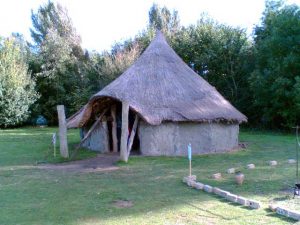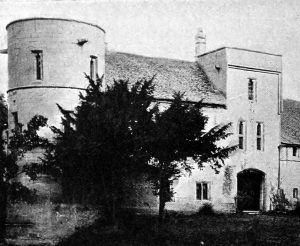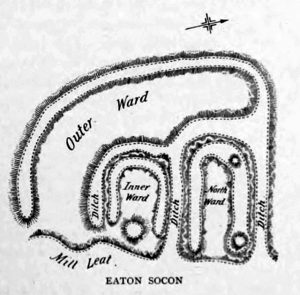At Hinchingbrooke Country Park you will find open grasslands, meadows and woodlands covering 170 acres with a wealth of wildlife. Whether you are ...
Cambridgeshire
Cambridgeshire is noted as the site of Flag Fen in Fengate, one of the earliest-known Neolithic permanent settlements in the United Kingdom, compared in importance to Balbridie in Aberdeen, Scotland. A great quantity of archaeological finds from the Stone Age, the Bronze Age and the Iron Age were made in East Cambridgeshire. Most items were found in Isleham.
Imperial War Museum Duxford
Huge range of exhibits and collections on an airfield site AirSpace The story of British and Commonwealth aviation, with over 30 military and civil ...
Woodcroft Castle
Part of a moated and fortified manor house, built in the late 13th century. The west range and a circular corner tower survive, with a later wing ...
Eaton Socon Castle
Also known as the Hillings. Ringwork and bailey with partly underlying Saxon cemetery and settlement identified from excavations. A large horse-shoe ...
Wisbech Castle
Wisbech grew around the original Norman Castle, constructed by William the Conqueror at a strategically important location at the head of the estuary ...
Camps Castle
Camps Castle is situated in the grounds of Castle Farm and can be accessed via the track-way that leads past All Saints Church. The site is a good ...
Cambridge Castle
Cambridge Castle lies in the grounds of Shire Hall on Castle Street, on what is the highest point in Cambridge. The strategic importance of this ...
Burwell Castle
Burwell Castle was begun in 1143 by King Stephen as part of a series of castles built to contain the rebellion of Geoffrey de Mandeville who had ...
Bourn Castle
An 11th century ringwork and bailey castle at Bourn Hall. The castle was built by Picot de Cambridge, the first Norman Sheriff of the shire. It is ...
Wimpole Estate
House First built in 1643 and much altered by subsequent owners, Wimpole has developed into the largest country house in Cambridgeshire. Wimpole's ...



